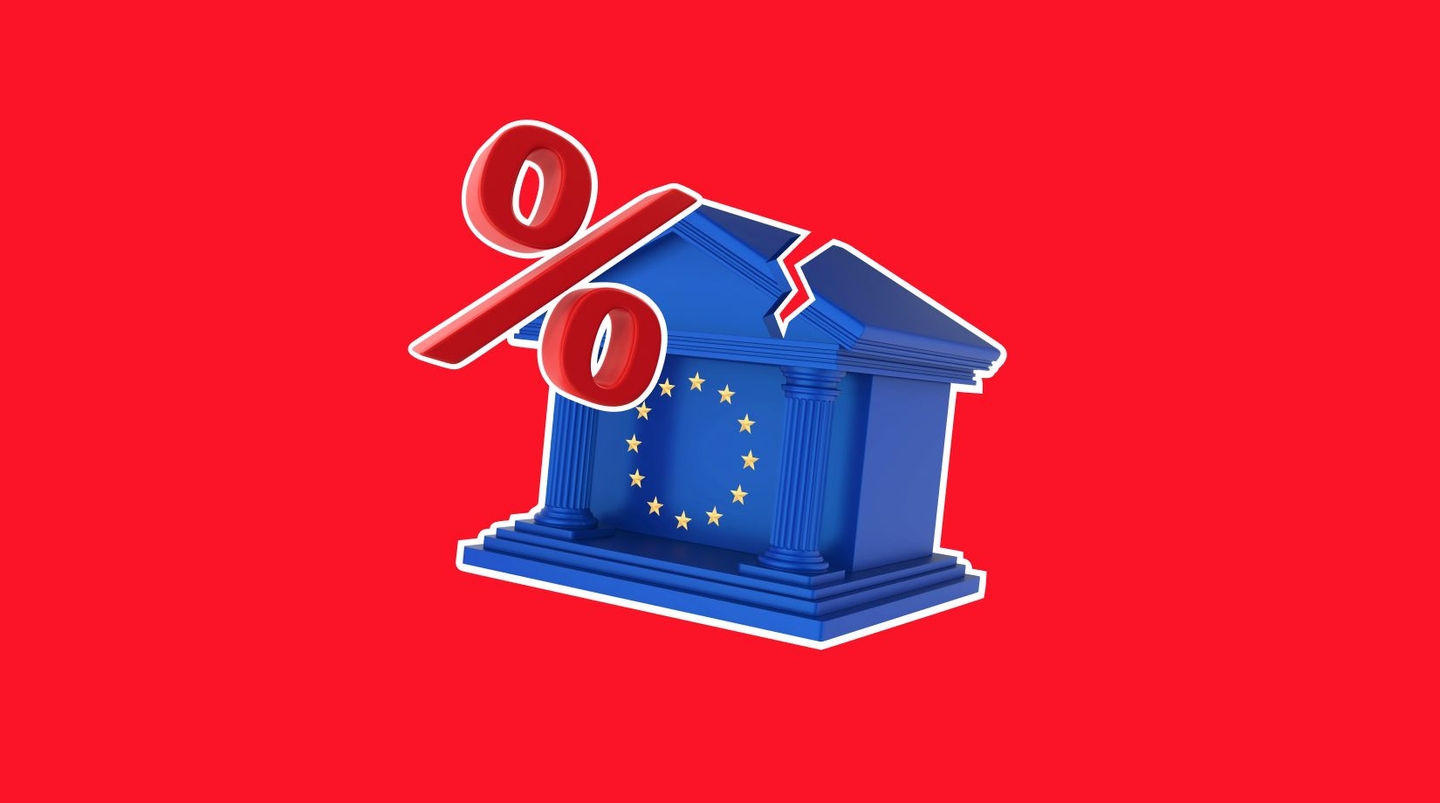US equities decline for a second consecutive day as the market prepares for the US employment data being released tomorrow afternoon. Both the SNP500 and the NASDAQ are experiencing downward price movements. The SNP500 has declined by 0.25% and the NASDAQ by just over 1%. The global index which managed to hold onto gains was the Dow Jones which climbed 0.24%, and the FTSE100, up 0.35%. European Indices also declined, with the DAX 0.54% lower and the French 40 declining to a weekly low. The main reason for the decline is poor economic data and lower investor confidence at current price levels.
The past 24 hours have also been busy for global central banks, which have given traders clear indications of how interest rates will likely develop over the next quarter. Most signals from the Central Banks around the globe are not dovish, but neither indicates a hawkish policy.
EUR/USD
The price of the EUR/USD came under pressure as the US market opened, and the exchange rate formed a full price correction. As a result, the exchange rate gave up previous gains from earlier in the week. Nonetheless, the US Dollar remains relatively weak and has not yet obtained significant bullish signals. However, investors are contemplating whether this may change as the European Central Bank becomes less hawkish than in the previous two months.
The European Central Bank’s monetary policy committee members have locked horns over the Eurozone’s monetary policy. The difficulty for the EU and the ECB is each State has different economic requirements and inflation levels. For example, the Bank of Greece governor is pushing to halt interest rate hikes as his country’s inflation rate has declined and is lower than in German. However, employment and economic growth remain poor and require monetary policy support. Therefore Mr. Stournaras is pushing for a halt to the cycle, as are the heads of Lithuania, Croatia, and France. At the same time, Germany continues to support interest rate hikes.
The Euro has come under pressure from a potentially weaker interest rate cycle. Boris Vuscic has advised, “The biggest part of the cycle is behind us”. Macro Strategist, Mrs. Koning, has advised most economists to believe the ECB may hike a further 50 basis points and will likely abandon previous rate targets.
The Federal Reserve, on the other hand, is the Federal Fund Rate will most likely increase a further 0.25% before the committee halts the cycle. This is also something that FOMC member, President Mester, has confirmed in her latest interview with Bloomberg. Mester also advises that any rate cuts in the coming months would be a mistake.

Price action and technical indicators are currently pointing towards a bullish trend forming in the short term. The exchange rate is now at a critical level where the price has created a retracement, but traders will be looking to see if the instrument breaks to a lower low or a higher high. The Euro has gained momentum over the past hour as the European markets open.
NASDAQ
The NASDAQ has declined over the past two days bringing the price back below previous significant levels. The index’s price action has slightly improved since the European Trading Session opened; however, investors will mainly monitor the price movement once the US market opens. Global equities rose slightly over the past hour after European traders entered the market.

A lower level of order flow is also influencing the stock market as we edge closer to Catholic Easter. Therefore, price movement may be backed by something other than significant orders and traders. Technical analysis in the short term on the 30-minute and 15-minute timeframes points towards a decline as the price trades below the 100 Moving Averages and the Relative Strength Index.
Recently the stock market has come under pressure from poor economic data. The latest ISM Services PMI drops to 51.2, the lowest in 3 months. The PMI data is lower than expected and lower than the previous month’s figures. The JOLTS Job Opening data and the ADP Non-Farm Employment Change were also significantly lower. Investors are now paying attention to tomorrow’s NFP, US Unemployment Rate, and the Average Hourly Earnings.
The market predicts the NFP figure to decline from 511,000 in February and 311,000 in March to 235,000. Investors expect the Unemployment Rate to remain at a competitive 3.6%. If the NFP data is lower than expected and the Unemployment Rate is higher, then the US stock market may be further pressured by recession fears. This scenario also supports the price of safe haven assets such as Gold and the Yen.
Summary:
- Global indices have recently declined, but price movement slightly improved as EU traders entered the market. The global index which managed to hold onto gains was the Dow Jones which climbed 0.24%, and the FTSE100, up 0.35%.
- The stock market comes under pressure from poor economic data and a higher risk of a recession.
- European Central Bank’s monetary policy committee members have locked horns over the Eurozone’s monetary policy.
- For most economists, the ECB will hike a further 0.50% before keeping the interest rate unchanged.
- Investors turn their attention to tomorrow’s US employment figures and if they will point towards a weakening employment sector.


